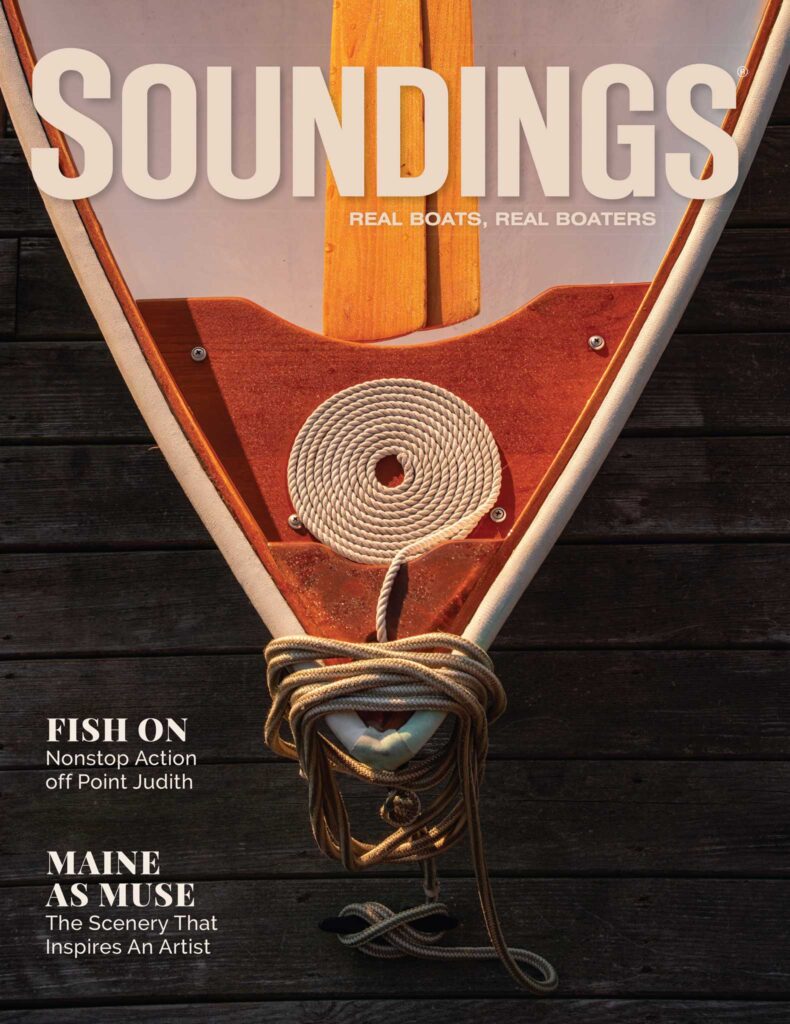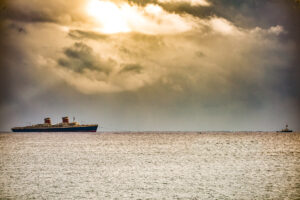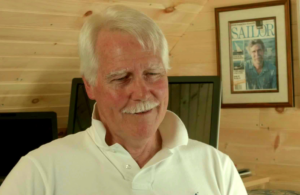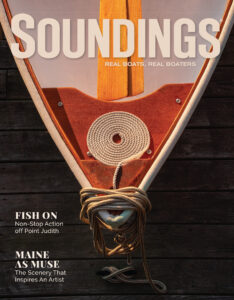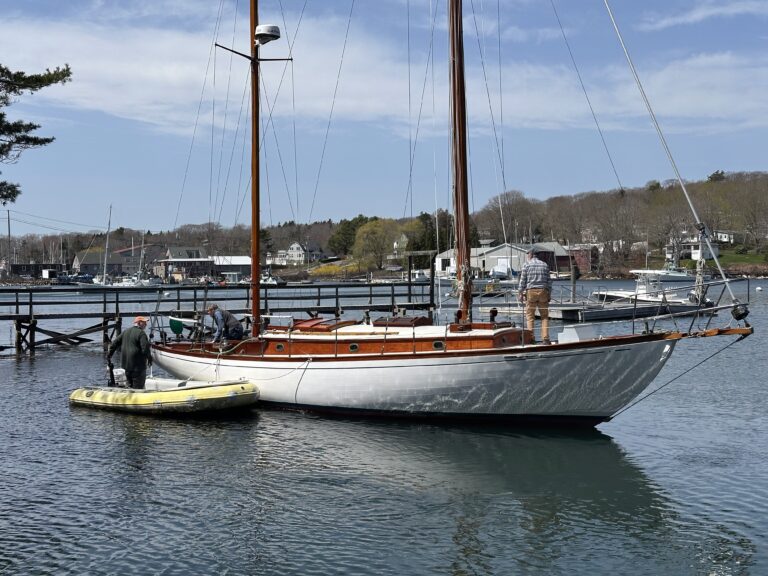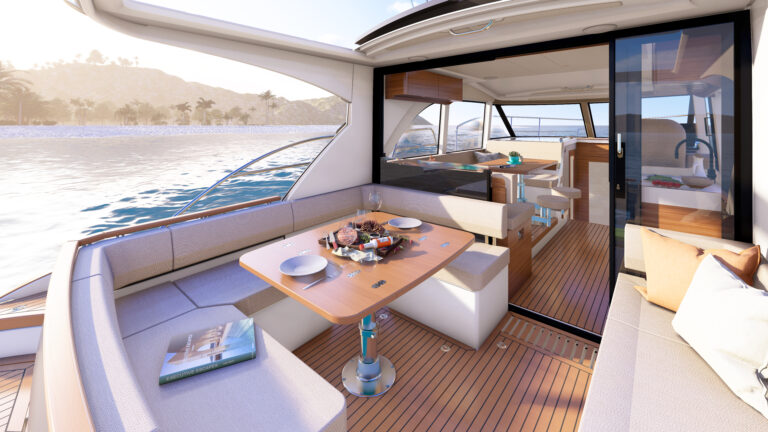A fatal crash at the breakwater in Old Saybrook—where there have been multiple incidents in the past years—has local citizens demanding change at the same time marine authorities are urging boaters to respect clearly marked aids to navigation.
During the Labor Day holiday, a 31-foot boat capsized after 9 p.m. under dark skies. The vessel, according to local news reports, had “significant damage” after it ran into the east-facing jetty, or breakwall, at the mouth of the Connecticut River where it meets Long Island Sound. Three people died, ages 24, 25 and 34. Six others on board were injured, some seriously.
According to numerous published reports, it was the fourth boating incident in the area in the past five years. One incident, caused by excessive speed, injured several people on Labor Day 2023. Another, caused by steering-mechanism failure, happened in April 2021. The fourth incident, listed as operator inattention, happened in July 2020.
The frequency of incidents has some locals blaming conditions at the breakwall. More than 500 people have signed a petition called “Light Up the East Wall.” The petition is promoted on a Facebook page with about 2,700 followers, some of whom present themselves as friends and family members of individuals involved in the most recent crash.
Petitioners are asking for additional aids to navigation to be installed at the breakwater, which was built more than a century ago when there were far fewer boats, and when most boats were smaller and less powerful than modern designs.
“Many of us have opted to stay out of the channel and come up the outside of the eastern breakwall, where there is plenty of water and [it is] much safer for smaller boats to run instead of getting out into a washing machine between the breakwaters,” the petition states. “Boaters today use their boats during all hours of the day and night. Whether you’re coming back from fishing or coming back from a trip at dark, the day beacons do not help us.”
Local officials and experts agree that is what’s happening—boaters are failing to stay within the marked channel—but add that the solution is not necessarily more aids to navigation or bright lights, which can cause confusion in fog and other subprime weather conditions. The root problem, they say, is boaters failing to respect the existing aids to navigation.
“We have all the aids to navigation out there,” says Lt. Junior Grade Hunter Medley, public affairs officer for Coast Guard Sector Long Island Sound. “If you were following that scheme, you’re fine. That’s what mariners should be doing, following the proper aids to navigation scheme.”

Matt Lynch, manager at TowBoatUS Old Saybrook and the harbormaster at nearby Old Lyme, said boaters often take the shortcut outside the channel specifically so they won’t have to slow down as they approach the shore. “If you want to skip that no-wake zone, you can go to the shallower waters over to the east,” Lynch says. “So, a lot of people use that as a shortcut.”
The official report from the most recent crash was still being drafted at press time, but the authorities did announce that they were considering speed as a possible factor.
Speed was also on the minds of boaters in the area. Even on the Facebook page that’s asking for changes to the breakwall, one commenter noted: “The only thing we know is the speed of the vessel was definitely too fast for entering narrow channels. It is my humble opinion installation of lights would not prevent this type of accident.”
Lynch, who has cruised in and out of the channel countless times, said, “I don’t think there’s any situation at night where you should be going in excess of 50 knots. I haven’t seen the report on this one, but it was faster than I’d be going.”
As part of the investigation, the Coast Guard sent members of ATON—its Aids to Navigation Team—to verify that all aids to navigation are where they are supposed to be. “Everything checked out,” Medley says. “They verified that everything was, in fact, on station in the vicinity of Old Saybrook and the breakwater. That channel is a federally marked channel. There are the two lighthouses there. They are working in fine, perfect condition.”
Lynch also noted that the breakwater is clearly visible in real life and displayed on navigational electronics.
“The breakwater is on every chart,” Lynch says. “It shows up on our chartplotters. It’s visible on radar—even at high tide, it shows up as a solid target. Some breakwaters, at high tide, they’re barely breaking the water with waves crashing over them. This one is a few feet above the water even at high tide.”

Nevertheless, comments on the Facebook page suggest that grief and frustration within the local community will continue to fuel demands for change.
“When hearing of this accident, I immediately reached out to my son to be sure he was home safely from fishing that afternoon. And his response was that he had been, but when he heard news of his friends being involved in this horrific accident he was out in the river trying to help locate them,” one person wrote. “No words can express the sadness our shoreline community feels at this time.”
This article was originally published in the November 2024 issue.

